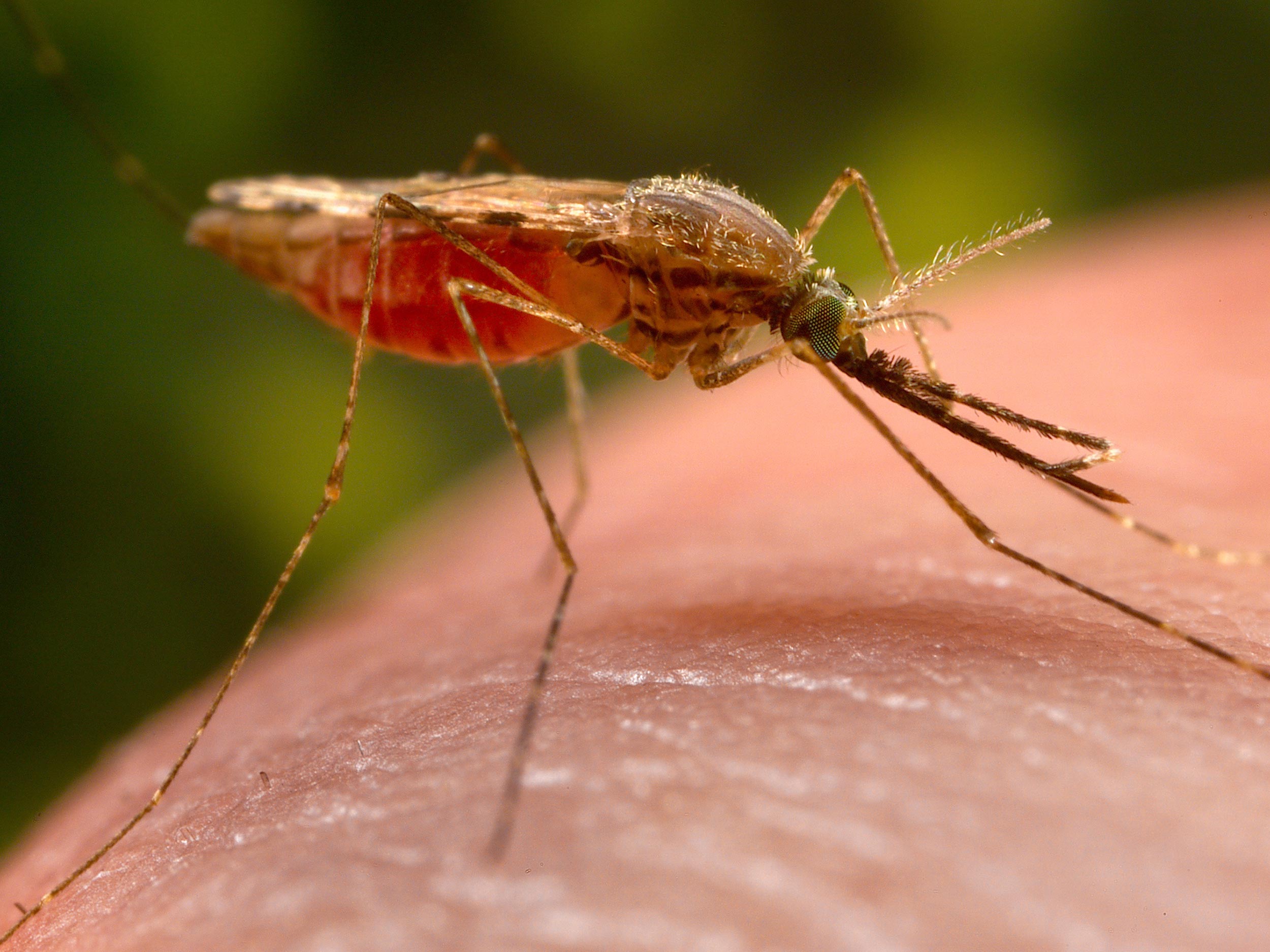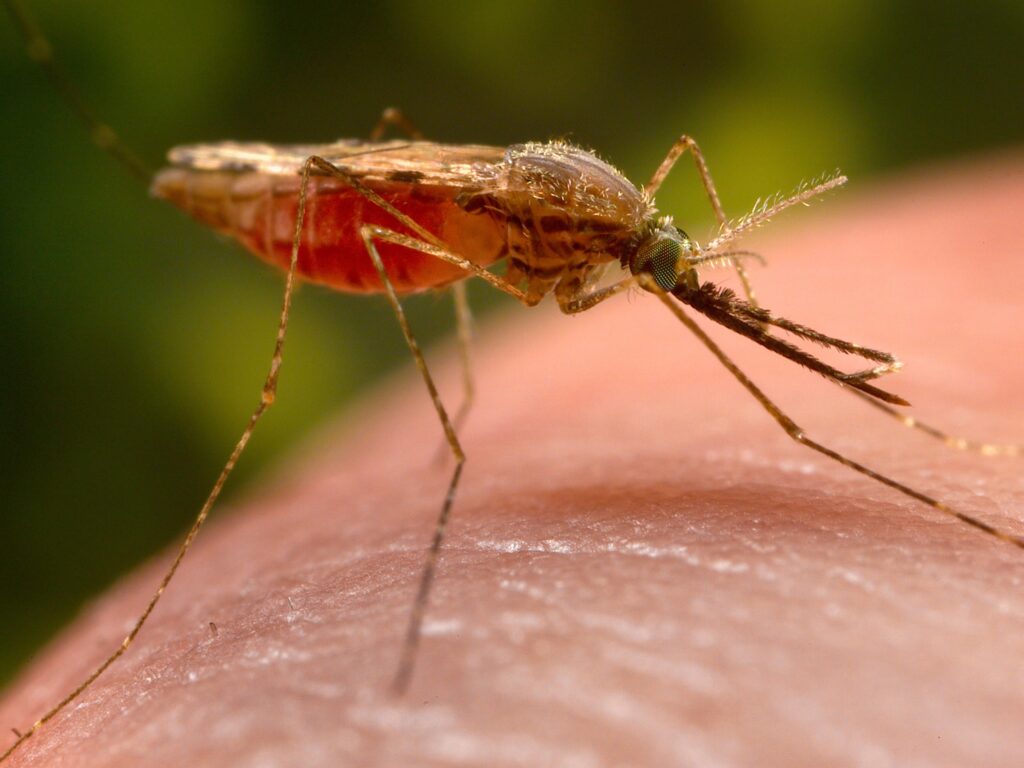Parasites in a pandemic era

While some parasites are merely a nuisance to humans and animals, others can cause dangerous diseases. Understanding how parasites and their hosts interact is essential to reducing the dangers posed by parasites.

Many parasites are only too familiar to us: The so-called ectoparasites such as mosquitoes, ticks, lice & Co. bite, sting and cause itching. Sometimes they may even pass on dangerous diseases like malaria that can be transmitted by infected mosquitoes when they suck blood. But some parasites we may never have heard of, such as Toxoplasma gondii, which one-third of all people have in their brains and muscles, usually without knowing . In any case, parasites concern us all!
At the Institute of Parasitology at the University of Zurich, several groups are conducting research on parasites. While some are interested in the development of single-celled parasites, others are researching worms that can cause dangerous lung diseases in our beloved pets. Still other researchers are interested in mosquitoes and midges, which can transmit viruses or parasites and are therefore a danger to humans and animals.
At our booth, you can admire these mosquitoes but also ticks and fleas. With a microscope you can observe unicellular parasites. Our showcase displays preparations of worms and organs affected by parasites. Videos of parasites in motion show how these “nasty” organisms can also be beautiful. In a quiz, children can compete with fleas in a jumping competition, or guess the length of the largest parasite in Switzerland. Whether big or small, everyone will be amazed!


